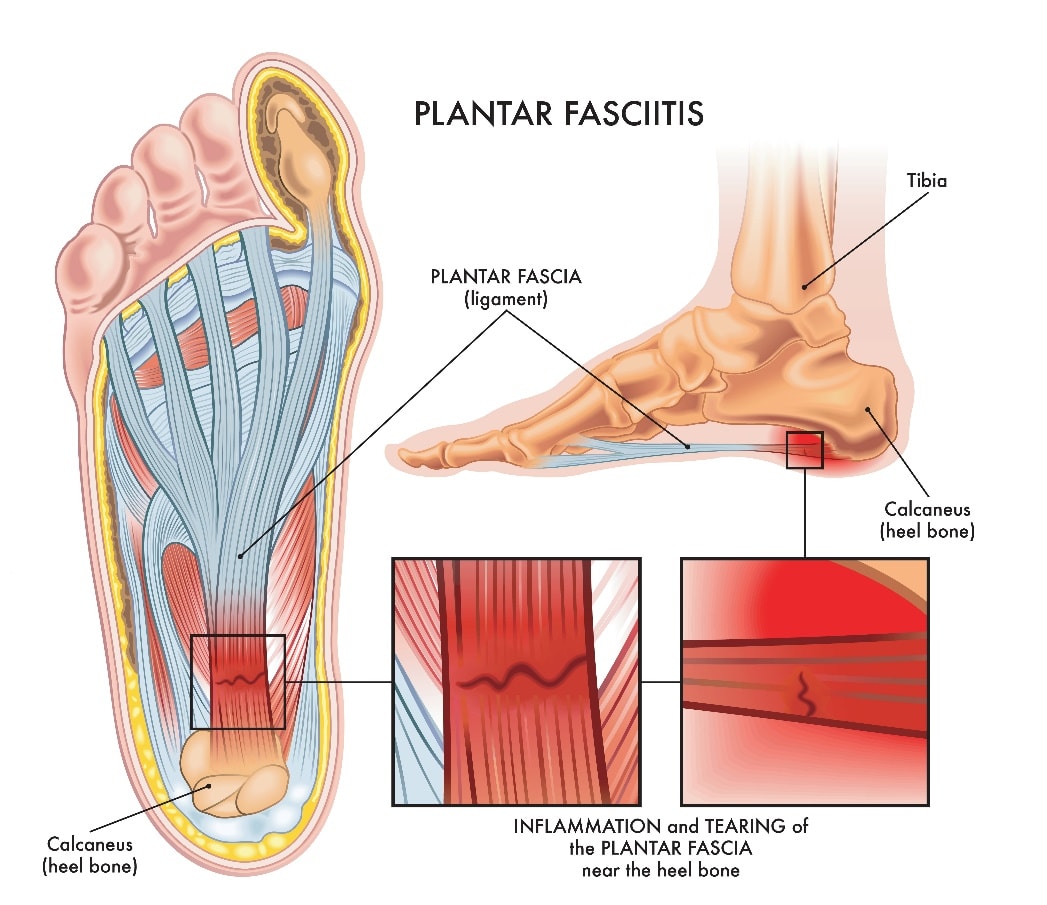Plantar fasciitis is a common condition that causes heel pain and affects millions of people worldwide. It occurs when the plantar fascia, a thick band of tissue connecting the heel to the toes, becomes inflamed or damaged. If you’re someone who has been battling plantar fasciitis and searching for an effective treatment, then MLS Laser Therapy might be the solution you’ve been looking for. In this blog post, we will explore the use of MLS laser for plantar fasciitis and how it can provide relief from this debilitating condition.
Understanding MLS Laser Therapy
MLS (Multiwave Locked System) Laser Therapy is an innovative and FDA-cleared treatment that utilizes dual wavelengths of light to reduce pain and inflammation. It combines both continuous and pulsed laser emissions, creating a synergistic effect that enhances the therapeutic benefits. The laser penetrates deep into the affected tissues, stimulating cellular activity, improving blood circulation, and accelerating the healing process.
Benefits of MLS Laser Therapy for Plantar Fasciitis
- Reduced Pain: MLS Laser Therapy effectively targets the source of pain by reducing inflammation and stimulating the release of endorphins, which are natural pain-relieving chemicals produced by the body. This can provide significant relief from the chronic pain associated with plantar fasciitis.
- Accelerated Healing: The laser energy promotes cellular regeneration and accelerates tissue repair, allowing damaged tissues in the plantar fascia to heal more quickly. This can lead to a faster recovery time compared to traditional treatment methods.
- Non-Invasive and Non-Pharmaceutical: MLS Laser Therapy is a non-invasive treatment option, meaning it does not require any surgical intervention. Additionally, it is a drug-free therapy, reducing the risk of side effects commonly associated with medications.
- Convenient and Quick: MLS Laser Therapy sessions are relatively short, typically lasting between 10 to 15 minutes. Moreover, there is no downtime or recovery period required after each treatment, allowing patients to resume their daily activities immediately. Most people will need between 6-12 sessions depending on the severity and chronicity of the symptoms.
- Long-lasting Results: MLS Laser Therapy not only provides immediate pain relief but also offers long-lasting results. The treatment stimulates the body’s natural healing mechanisms, addressing the root cause of plantar fasciitis and potentially preventing future flare-ups.
While MLS laser can be effective at reducing pain related to plantar fasciitis, it is always important to incorporate other treatment such as physical therapy, activity modification, and possibly injection based therapy with PRP to improve longevity of the improvement.
Conclusion
Plantar fasciitis can be a debilitating condition that affects one’s mobility and quality of life. While various treatment options exist, MLS Laser Therapy stands out as a non-invasive, drug-free, and highly effective solution. By harnessing the power of laser energy, this advanced therapy can alleviate pain, reduce inflammation, and promote healing, leading to long-lasting relief from plantar fasciitis.
Contact Regenexx Las Vegas if you want to find out more about is MLS laser would be an option for your painful peripheral neuropathy.
References:
Wang et al, Clinical Efficacy of low-level laser therapy in plantar fasciitis, a systematic review and meta- analysis, Medicine (Baltimore). 2019 Jan; 98(3)
Jastifer JR, Catena F, Doty JF, et al. Low-level laser therapy for the treatment of chronic plantar fasciitis: a prospective study. Foot Ankle Int 2014;35:566–71
Cinar E, Saxena S, Uygur F. Low-level laser therapy in the management of plantar fasciitis: a randomized controlled trial. Lasers Med Sci 2018;33:949–58.
Kiritsi O, Tsitas K, Malliaropoulos N, et al. Ultrasonographic evaluation of plantar fasciitis after low-level laser therapy: results of a double-blind, randomized, placebo-controlled trial. Lasers Med Sci 2010;25:275–81
